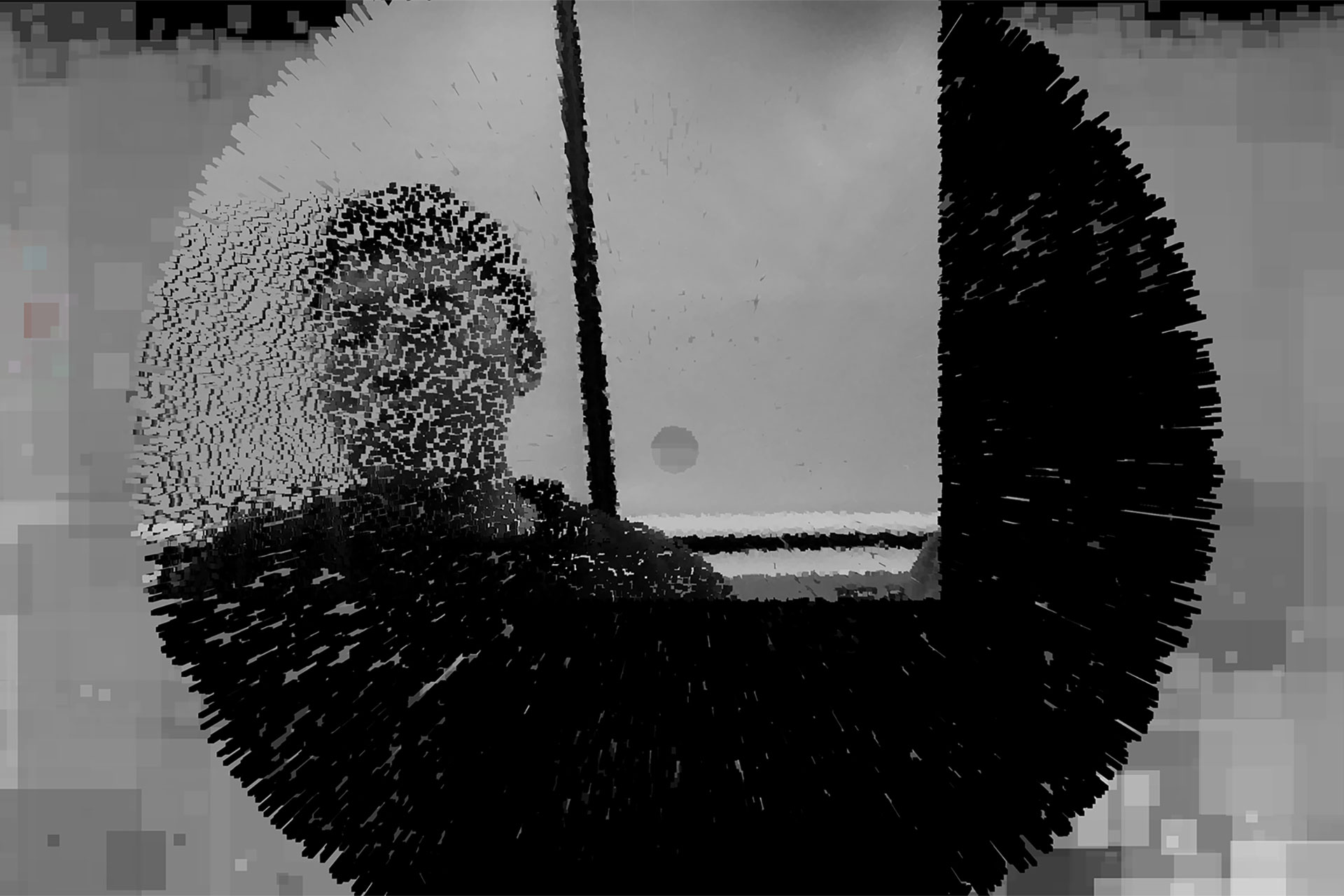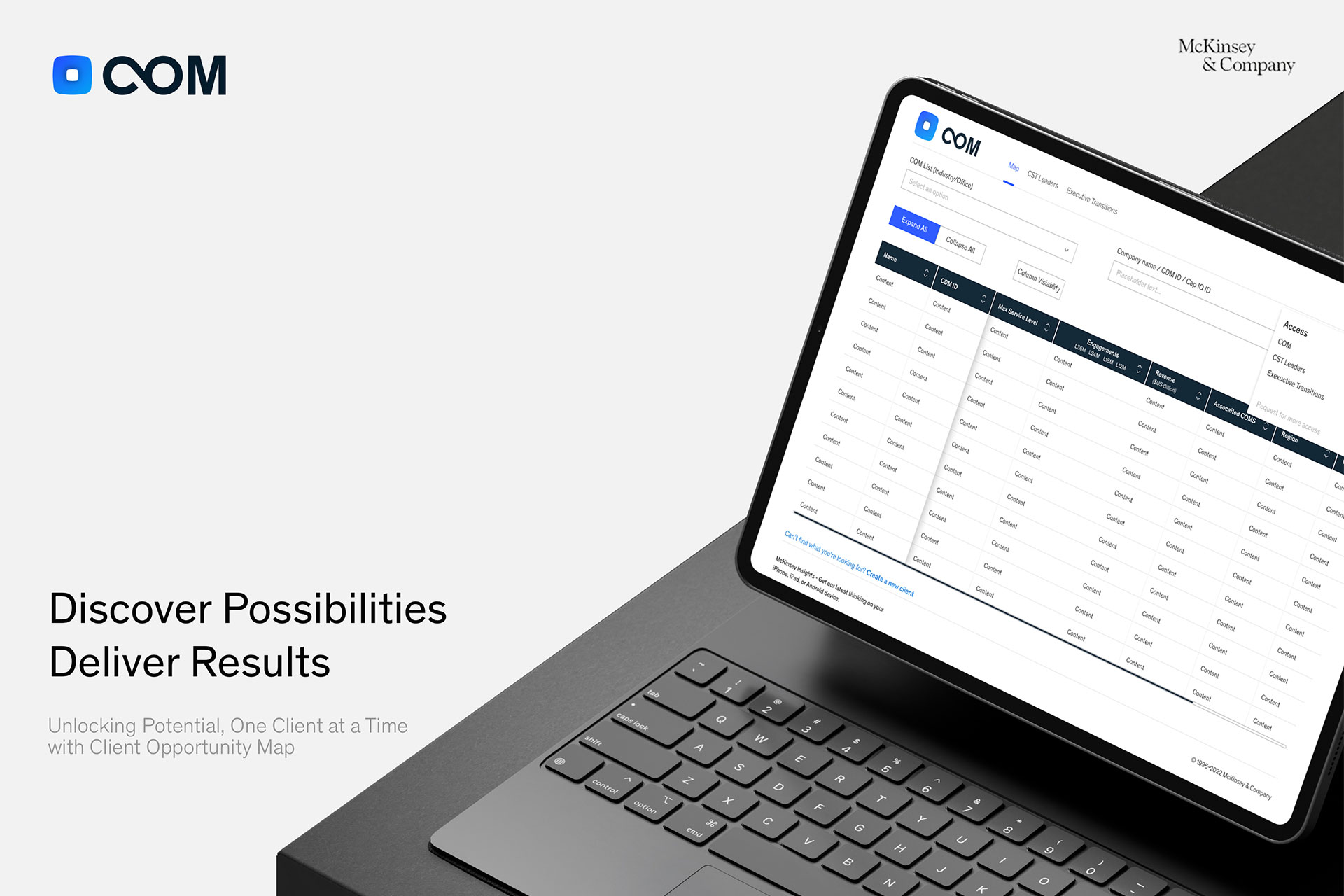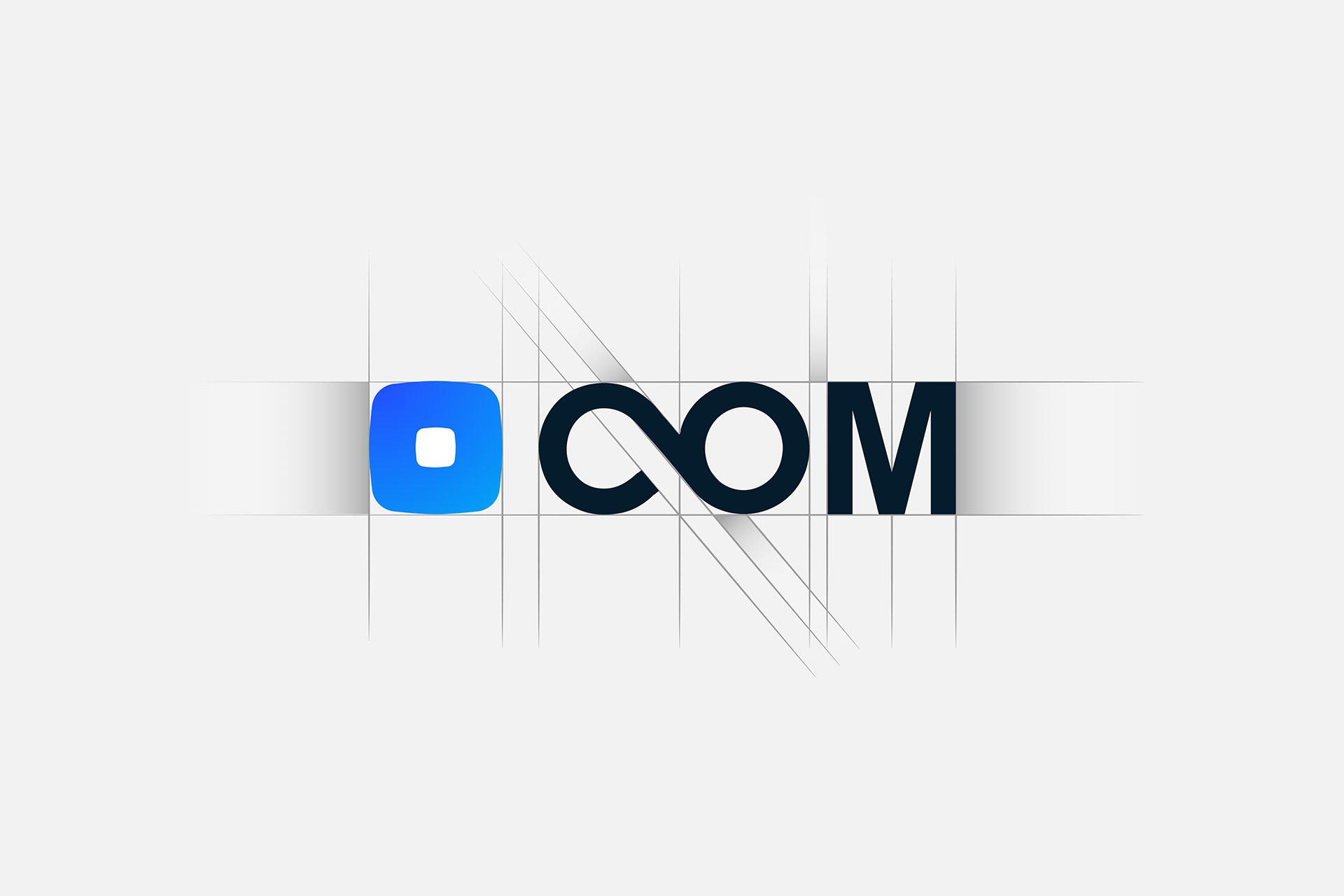Interview with Lei Ye | The Designer & Creator of COM from the United States

The Architectural Grandeur of Trojena Ski Village
July 2, 2024
Interview with Lola Yiting Zhang | Hailing from Sony Interactive as a Concept Artist from the United States
July 2, 2024Lei Ye
Lei Ye is a senior product designer with a Master's in Design Studies with over four years of professional experience in UX/UI design, working on projects ranging from healthcare startups to large consulting firms like McKinsey & Company. He strives to combine creativity with functionality to deliver exceptional user experiences to the world.
I am currently a Senior Product Designer at McKinsey & Company, where I focus on developing internal solutions to improve firm performance. My role involves designing user-centric applications and tools that enhance productivity and efficiency within the organisation.
By collaborating with various stakeholders and leveraging my expertise in UX/UI design, I aim to create intuitive and impactful solutions that meet the needs of our employees. My work at McKinsey is part of a broader journey in design, where I strive to combine creativity with functionality to deliver exceptional user experiences.
To me, a good design is one that seamlessly blends functionality and aesthetics. It effectively solves a problem or meets a need while being intuitive and easy to use. Good design is user-centric, meaning it takes into account the needs, preferences, and limitations of the end-users. It should be accessible, ensuring that people of all abilities can use it comfortably.
Additionally, it should be aesthetically pleasing, creating a positive emotional response. Ultimately, a good design enhances the user experience by being efficient, engaging, and satisfying to interact with.
The idea for my award-winning design, the Client Opportunity Map, stemmed from a need to provide a clearer and more actionable visualisation of client data. The goal was to help teams identify potential opportunities and make data-driven decisions.
I started by gathering feedback from users and stakeholders to understand their pain points and requirements. Through this research, I identified key elements that needed to be visualised and prioritised usability and clarity in the design.
The result was an interactive and intuitive map that enables users to easily navigate and analyse client data, ultimately improving strategic planning and performance.
My main source of inspiration for the Client Opportunity Map was the need to enhance strategic decision-making within teams by providing a clear and actionable visualisation of client data. I was inspired by the challenge of turning complex data into a user-friendly tool that could reveal insights and opportunities at a glance.
By listening to the needs and pain points of users and stakeholders, I aimed to create a design that was both intuitive and powerful, enabling users to make informed decisions quickly and effectively. The desire to improve efficiency and effectiveness in client management was the driving force behind this design.
I believe my country and its cultural heritage significantly influence my design process. Growing up in a rich cultural environment has shaped my aesthetic sensibilities and my approach to problem-solving. Chinese design principles, such as balance, harmony, and simplicity, often inspire my work.
These principles help me create designs that are not only visually appealing but also functionally efficient. Additionally, the diverse and dynamic nature of China.
The winning work I entered into the London Design Awards is the Client Opportunity Map. This project was designed to provide a clear, interactive visualisation of client data, enabling teams to identify potential opportunities and make data-driven decisions effectively.
We chose to enter this project because it represents a significant innovation in how we approach data visualisation and client management. The Client Opportunity Map addresses real user needs by transforming complex data into an intuitive and user-friendly tool.
We believe this project exemplified our commitment to creating impactful and efficient design solutions, and we are thrilled that it has been recognised at such a prestigious level.
One of the main challenges we faced during the design process of the Client Opportunity Map was ensuring that complex client data could be visualised in a clear and actionable way. This required us to strike a balance between providing detailed insights and maintaining an intuitive user interface.
To overcome this, we conducted extensive user research and gathered feedback from stakeholders to understand their needs and pain points. We iterated on our designs multiple times, testing different layouts and visualisations to find the most effective approach. Another challenge was ensuring the tools we used were the right ones.
My key to success lies in a combination of passion, perseverance, and a user-centric approach. Passion drives my creativity and fuels my dedication to continually improve and innovate. Perseverance helps me navigate challenges and stay focused on my goals, even when faced with setbacks.
Most importantly, keeping the user at the center of my design process ensures that my work is both meaningful and impactful.
Parting words of wisdom: Always stay curious and open to learning. Embrace feedback and view it as an opportunity to grow. Collaboration and empathy are essential in design, so build strong relationships with your team and understand your users' needs.
Winning Entry
Client Opportunity Map | 2024 London Design Awards
The Client Opportunity Map or colloquially COM is McKinsey's internal app revolutionising partner-client engagements. Merging the 'C' and 'O' into an infinity symbol, the logo epitomizes endless opportunities with clients. With a sophisticated... (read more here.)
Lei Ye
Lei Ye is a senior product designer with a Master's in Design Studies with over four years of professional experience in UX/UI design, working on projects ranging from healthcare startups to large consulting firms like McKinsey & Company. He strives to combine creativity with functionality to deliver exceptional user experiences to the world.
Read about the Interview with Tseng Min-Kang & Hsu Kuei-Wen | Experienced Designers from CHI-R Interior Design here.




